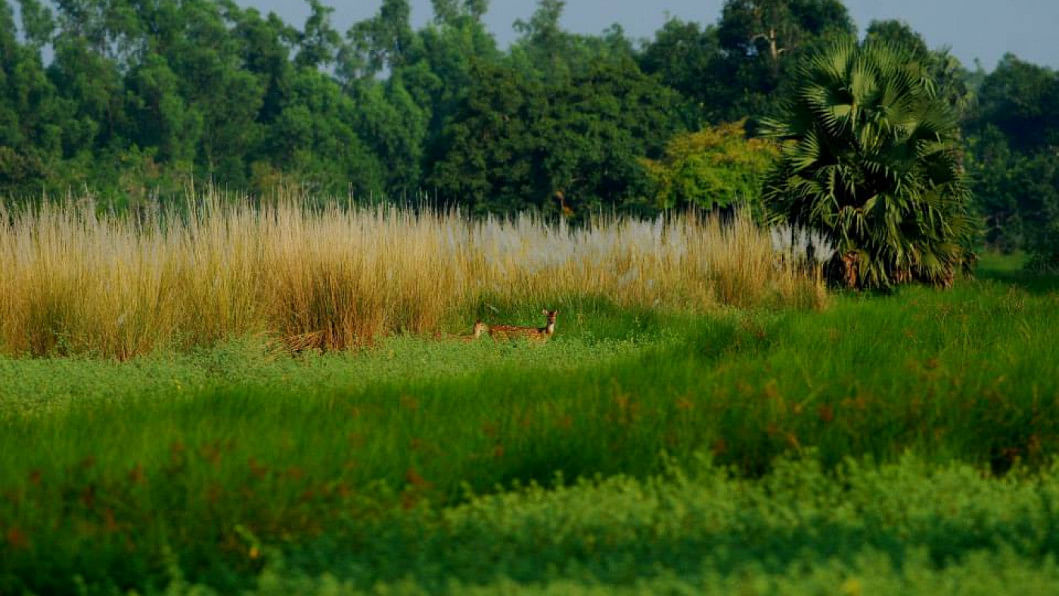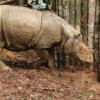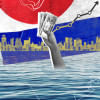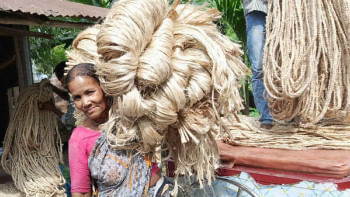World Wildlife Day: Conversations with conservationists

Located at the tip of the largest bay in the world, Bangladesh is crammed with a rapidly increasing human population. That, coupled with the nation's economic growth, means a huge clamour for dwindling resources, investments on highways, infrastructure, power lines and factories. While I do not believe that a growing population is the root of all evil, in a cramped landmass such as ours, it can take a heavy toll on resources, unless policymakers have the vision of a sustainable future.
Owing to its unique location in the Indo-Himalayan realm, the country boasts immense biodiversity in its varied landscapes. According to the latest available data as per International Union for Conservation of Nature (IUCN), Bangladesh has a total of 1,619 species that includes 138 mammals, 566 birds, 167 reptiles, 49 amphibians, 253 freshwater fishes, 141 crustaceans and 305 species of butterflies. A vast majority of invertebrates, estuarine and marine fishes had to be left out of the survey.
If we look at it from the perspective of all the world's species, Bangladesh supports nearly 1.7 percent of the world's wildlife. How is that wildlife doing? Why does the chirping of birds no longer wake us up every morning? When was the last time a frog just showed up in our bathrooms?
Bangladesh has gone through at least two major geopolitical changes in the last century, and by the time we became an independent nation in 1971, we had already lost some of our most charismatic megafauna. According to Dr Reza Khan, the populations of many of our surviving megafauna – such as the gigantic Bryde's whales, Asian elephants, Bengal tigers, dolphins, clouded leopards, binturong, hornbills and gharials – are also dwindling. These species might disappear from our territory in 20-50 years.
So, what is the next step for Bangladesh, a country extremely rich in biodiversity, which also happens to be the ground zero of an impending climate crisis?
I caught up with some young conservationists working in the country's wild spaces to try and understand the challenges towards wildlife conservation in Bangladesh, and the way forward.
Is habitat loss one of our primary concerns?
The Covid pandemic was a stark reminder of how closely connected we are with wildlife. Viruses such as Sars-Cov-2 frequently jumps to humans from wild animals. As the onslaught of development continues, our last remaining wild spaces are shrinking, increasing the chances of human-wildlife conflict.
"Habitat loss is one of the biggest challenges for Bangladesh. To address that, we need proper management. But ensuring that is another big hurdle. On paper, we have many protected areas, but we have to widen and strengthen the net of protection. Even though we are such a biodiverse nation, the status of our wildlife in one word is 'poor,'" says Sayam U Chowdhury, who primarily focuses on migratory shorebirds of the East Asian-Australasian Flyway, and on developing tools to manage coastal habitats and identifying mitigation measures in response to climate change.
Almost all the conservationists I spoke to echo the same sentiments. The government last year handed over a part of Jungle Khuniya Palong reserved forest in Cox's Bazar to the Bangladesh Football Federation (BFF) for building a residential training facility after de-reserving the 20-acre land.
Shahriar Caesar Rahman, whose work focuses on community-based conservation, especially in the Chittagong Hill Tracts (CHT), lamented this de-reserving of forests. "I believe the biggest challenge for Bangladesh's wildlife conservation is managing our protected areas. A lot of the reserved forests are being de-reserved and allocated by the government to other bodies. Even the football federation was allocated a part of the reserved forest to make a training centre. And many parts of where I work – the forests in the hill tracts – have been declared as union parishads, which means more development activities, settlement of human population and driving out the last of the wildlife that remains there."
The science and practice of wildlife conservation is still relatively new in Bangladesh, which means there is a lack of political will at the top level along with a failure to engage communities where interventions are needed.
For Alifa Bintha Haque, who works with marine and coastal fishers to protect sharks and rays, the biggest challenge towards conservation of marine species is a little different from others.
"We have a huge community of coastal and marine fishers in Bangladesh, and most of them have very little access to information or financial capacity to really understand bycatch mitigation. We need legal infrastructure and technical innovation to minimise interaction with sharks and rays.
"As a nation, we need to strive for a society based on equality, and not marginalise one group for the agenda of others. That I think is the biggest challenge for a country in Global South: finding conservation solutions that work both for the community and the species," says Alifa.
Sustainable funding and long-term solutions
Most conservationists have lamented on the lack of sustainable funding in achieving their conservation goals. Focused, long-term work is needed to restore a habitat or to conserve a species. But most conservation projects are based on short-term grants, and when the grant runs out, the project is also done, and more often than not the work does not leave lasting impacts on the community.
"There is a lack of long-term planning in terms of wildlife conservation. Say one project ends, and with it ends the legacy of that project," says Hasan Al-Razi Chayan, who works on research and conservation of primates in Bangladesh.
"The majority of Bangladesh's species are kind of hanging in there; they are under threat and we can say many are very close to local extinction. I think one habitat in Bangladesh that we absolutely need to protect is the southeastern part. We need long-term and sustainable conservation finance to ensure continuity in work, because some of the interventions such as rewilding of turtles and tortoises in the CHT require decades of work. In the coming years, Bangladesh needs to mobilise businesses, corporate groups and the private sector to establish endowment fund for wildlife conservation for sustainable financing. We need to work on a site for years to ensure there is a tangible result, and this may be the answer to that," says Caesar explaining the need for focused, long-term interventions.
Another young conservationist Marjan Maria working on conservation of Bengal Slow Loris in the country's north-east echoes Caesar's sentiments.
"One of the biggest challenges to achieving our conservation goals lies in getting sustainable funding. Something that would ensure we get to work on one conservation site for a long time until we can achieve tangible results," says Marjan.
The United Nations in 2019 reported that one in every eight plant and animal species in the world would be extinct in the next few decades unless we take drastic actions. Bangladesh has already lost some of its emblematic wild species; we cannot afford to lose more. As we observe World Wildlife Day today, it is time to take an inclusive approach towards wildlife conservation.
Abida Rahman Chowdhury is a journalist at The Daily Star with interests in wildlife and biodiversity conservation.

 For all latest news, follow The Daily Star's Google News channel.
For all latest news, follow The Daily Star's Google News channel. 










Comments